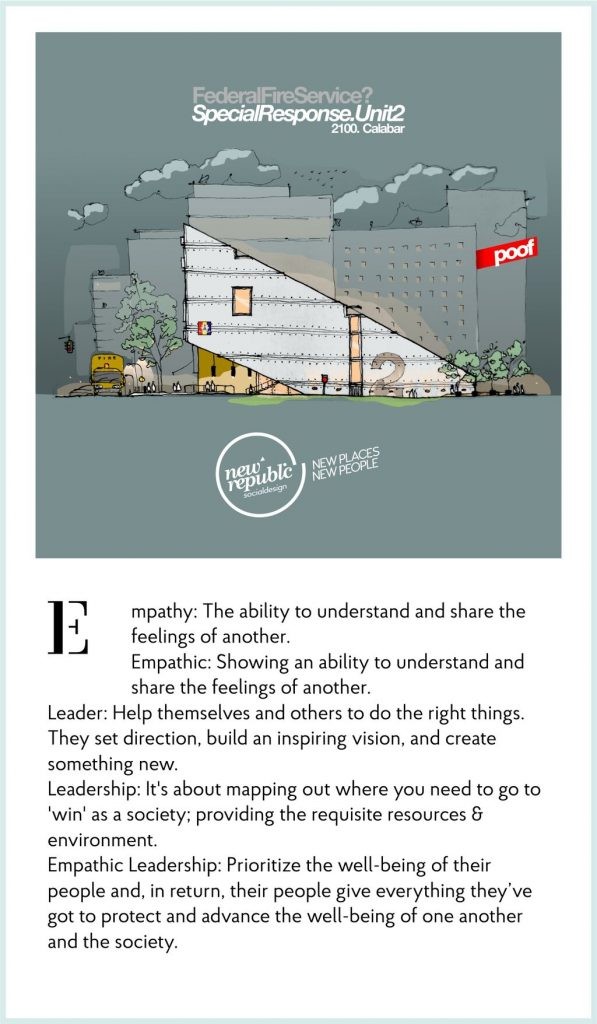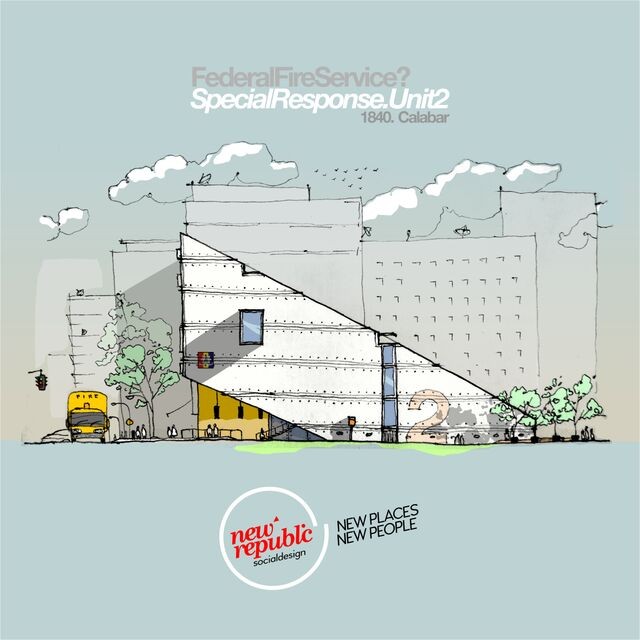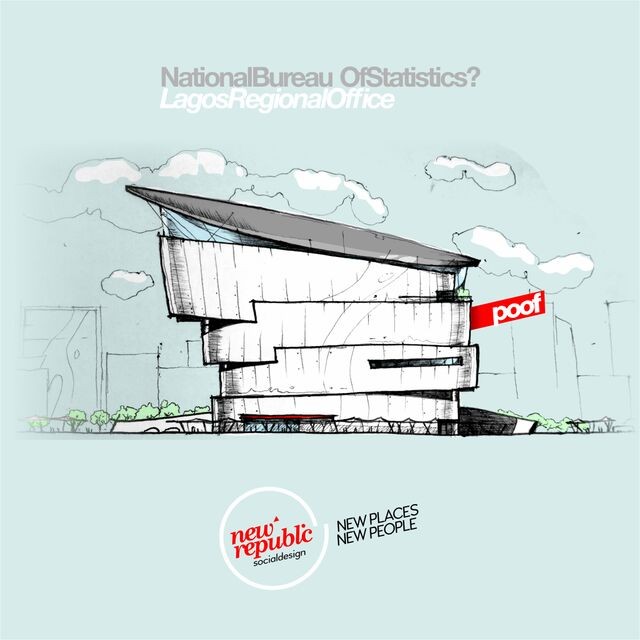Career and Life Lessons from 2 Years as a UX Researcher
12 September 2019
6 Mins Read

Steve Ndubuisi(Steve Dubs)
Pictures of Our Future
Background
I began thinking about how societies evolved, how New York became New York, how London became London, how societies derived their ranks in the world. Also how people came to view themselves..& how the world came to view them..what was started; what was the aim; what was seen as growth; how was this growth measured.
Statement of Problem
A society without singularity of vision is in motion but static at the same time. Most developing countries are led this way. There’s an abundance of resources, human and material, and when you view all the components holistically, you get a sense that there should be a direction to all of them.
In Nigeria, this direction is missing.
Solution (Approach, Rationale & Execution)
We thought about this ‘Mediation Designer’ for developing societies, who could extrapolate and suggest the futures of a society, and by using simple principles and tools of design, paint such futures that are easily understood by the lowest denominator of that society.
This designer will help us change how we see ourselves with respect to our role in the world, and how the rest of the world sees us. This could help develop a singularity of vision – when society sees the same thing and speaks the same thing – resulting in more focused use of resources and more purposed international investments.
The Mediation Designer would have a combined experience of social design and media technology.
I have a background in architecture, and used illustrations of significant federal agencies and departments in Nigeria, to visualize what our futures may look like. These agencies represent our civic systems and given their current public perceptions, we reasoned that a contemporary approach to how their buildings look like could point the heart of Nigerians in direction of where we should be headed.
Result
Conversations.
We were aiming at sparking conversations in the mind and between people. And this happened. People realised that “..we are our own answers”.
“We are our own answers”
Seun James Taiwo
A number of designers who followed the thread came to realise the power they had as mediators of our futures.
We wanted Pictures of our Future to inspire designers and among others, to see design beyond consumer services, to also see design as civic service.
The project hasn’t ended it resumes in October of 2019 and we’re working to spread the impact throughout Nigeria.
Reviews
This helps shape our minds in the the direction we should be looking at as a developing society in terms of architecture. Also this mind shaping will have have a ripple effect on all aspects of our economic activities and development. Once you have a clear direction, like he has been able to illustrate, then it’s easier to prepare the minds of Nigerians towards a new era in modern architecture and ultimately make it easier to achieve.
– Jomi Onanuga, Advertising & Brand Designer
I like that the writer brought an interesting and new perspective into how design should be viewed. It goes beyond aesthetics, tools and visuals. Design is problem solving, and starting this conversation which will give rise to other conversations should make designers incorporate problem solving into their designs, and use it as a tool for development.
– Ndubuisi Sopuruchi, Digital Artist & IllustratorI do not conceive of this as a nice design. It is simply a design that works.
The burden of its execution, it appears, is not in identifying a perception problem but in reinventing the dashboard from which we gather the indicators that frame the collective future.
This is an exemplar of the designer as one whose ultimate interpretation of the future is a present, pressing vision.
– Adedapo Treasure, Writer & Filmmaker
Other Posts
So You Are a Senior Designer?
Design Nudge: An Approach to Creating Human-Centered Designs.







